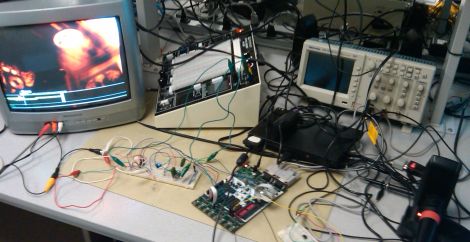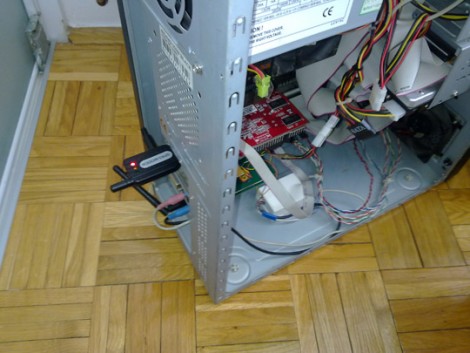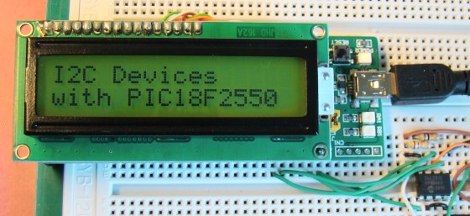
When it comes to Rock Band, our friends suck at singing. No, really.
We’re cool with them beating on the drum set completely off-time, but the sound of them trying to sing “Tom Sawyer” makes us want to cut out our eardrums.
We’re willing to bet that Cornell students [Gautam Kamath and Dominick Grochowina] have friends like ours. Their Electrical and Computer Engineering final project aims to remove the tone deaf from in front of the microphone, allowing a computer to sing vocals instead.
Since Rock Band simply listens for the proper frequency to be sung, the pair figured it would be easy enough to monitor the game’s output and feed computer-generated signals back into the microphone. Once the game’s vocal bar is isolated via a series of filters, an ATMega644 is used to interpret the notes and generate the corresponding tone via a speaker.
While automating Rock Band gameplay is nothing new, we don’t recall seeing anyone try to cut the singer from the band. We think it’s a pretty cool concept – rock on!
Edit: Updated with video
















